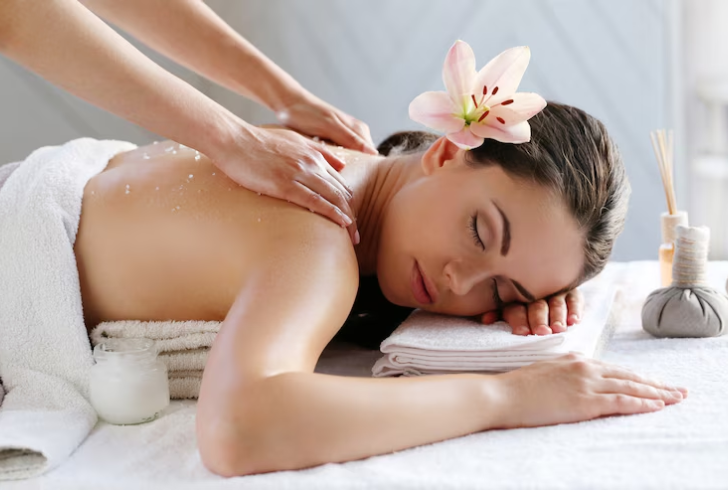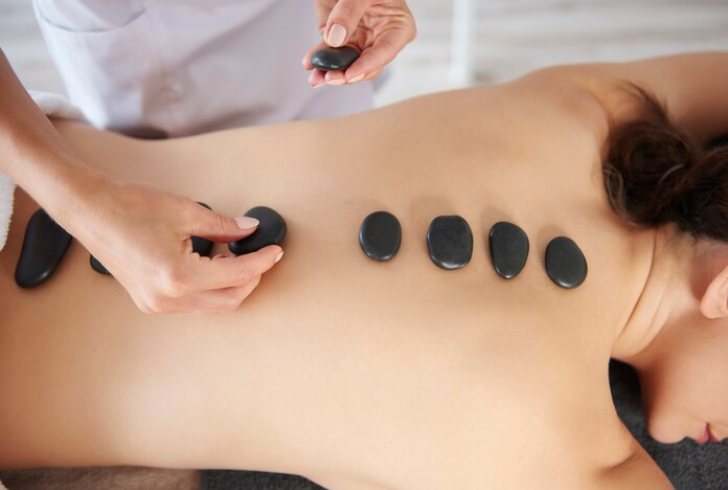Why Does Massage Release Toxins and How Does It Affect You?
Massage therapy has long been regarded as a powerful way to relax, relieve stress, and unwind from daily tension. But beyond its soothing effects, many people believe that a massage can also help detoxify the body. This raises an important question – Does massage release toxins, and if so, how does it affect the body?
Let’s explore the science behind it and uncover the surprising benefits of massage therapy for toxin removal.
What Happens to Your Body During a Massage?
Massage is more than just a moment of relaxation. The process involves manipulating the muscles and soft tissues, which stimulates blood flow and improves circulation. This can aid in the removal of waste products that have built up in the body. While a massage can have numerous benefits, one of the most commonly mentioned effects is the release of toxins from the body.
Does massage release toxins? Yes, it does. However, the types of toxins released vary depending on the massage technique used and the body’s current condition.

Freepik | Racool_studio | Massage supports blood flow and detoxification.
The Science Behind Toxin Release
Several types of toxins can be released during a massage, each having a different impact on your health. Let’s break down the most common toxins that may be flushed out:
1. Lactic Acid
Accumulated in muscles after physical activity, lactic acid can cause soreness and fatigue. Massage therapy helps disperse this buildup, providing relief and enhancing muscle recovery.
2. Cortisol
Known as the stress hormone, cortisol can contribute to anxiety, insomnia, and a weakened immune system when levels are chronically high. Massage sessions help lower cortisol levels, fostering a sense of calm and improving overall well-being.
3. Histamines
Released during allergic reactions, histamines can cause inflammation and discomfort. Massage therapy helps regulate their levels, alleviating irritation and promoting balance in the body.
4. Toxins in Fat Cells
Environmental pollutants and other harmful substances often accumulate in fat cells. Certain massage techniques encourage the breakdown of these cells, helping to release stored toxins for elimination.
5. Endorphins
While not a toxin, the release of endorphins during massage plays a key role in pain relief and mood enhancement. These natural chemicals contribute to the relaxing and rejuvenating effects of massage therapy.
Effects of Toxin Release After Massage
When toxins are released into the bloodstream, your body begins the natural process of eliminating them. This can lead to noticeable changes, such as:
1. Improved Circulation – Enhanced blood flow ensures oxygen and nutrients are efficiently delivered to organs, boosting their functionality.
2. Reduced Muscle Tension – With the removal of waste products like lactic acid, muscles feel less tight and more relaxed.
3. Stronger Immune Function – Regulating histamine levels and reducing harmful substances can support your body’s defenses against illness.
4. Elevated Mood – The combination of stress hormone reduction and endorphin release contributes to a more positive emotional state.
5. Detoxification – Massage therapy stimulates lymphatic flow, aiding the body’s natural ability to detoxify, reducing the overall burden of harmful substances.
Massage Techniques That Promote Detoxification
The type of massage you choose plays a crucial role in determining the effects of toxin release. Here are some of the most effective techniques:
1. Swedish Massage
This technique involves long, gentle strokes that improve blood and lymph circulation. By stimulating the lymphatic system, Swedish massage helps remove metabolic waste and promote relaxation.
2. Deep Tissue Massage
Targeting deeper layers of muscle, this technique applies firm pressure to release chronic tension and break down adhesions. It’s particularly effective at eliminating lactic acid and easing muscle stiffness.
3. Hot Stone Massage

Freepik | gpointstudio | Experience enhanced circulation, toxin release and improved blood flow with heated stone therapy.
The use of heated stones enhances circulation and relaxes muscles, making it easier for toxins to be flushed out. This technique is excellent for relieving stress and improving overall blood flow.
4. Aromatherapy Massage
Essential oils are incorporated into this massage style to enhance relaxation and support detoxification. Oils like lavender and eucalyptus are believed to complement the body’s cleansing processes.
5. Thai Massage
Combining acupressure, stretching, and yoga-like poses, Thai massage is known to improve energy flow and stimulate lymphatic drainage, helping the body rid itself of unwanted toxins.
6. Sports Massage
Designed for athletes and active individuals, sports massage targets areas prone to tension and fatigue. By releasing lactic acid and improving circulation, this technique accelerates recovery and reduces soreness.
Tips to Maximize the Benefits of Massage
After a massage, your body is actively working to eliminate toxins. Here’s how you can support this process:
1. Stay Hydrated – Drinking water helps flush out toxins more efficiently, preventing dehydration and aiding recovery.
2. Rest – Allow your body time to recover and fully benefit from the session.
3. Stretch Gently – Light stretching can help maintain the flexibility and relaxation achieved during the massage.
So, does massage release toxins? The answer lies in the body’s natural responses to the therapeutic manipulation of muscles and tissues. While massage therapy doesn’t directly “detox” the body in a magical sense, it does play a significant role in supporting the body’s natural processes for eliminating waste and improving overall well-being.
By choosing the right massage technique and following post-session care, you can enhance the benefits of this practice, leaving you feeling refreshed, revitalized, and ready to take on the day.